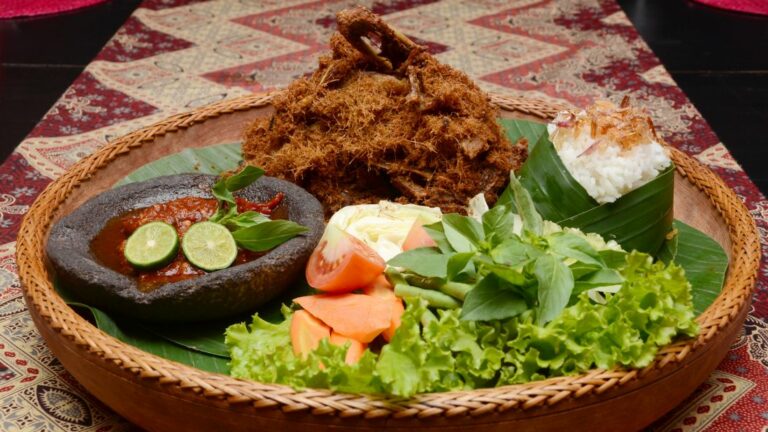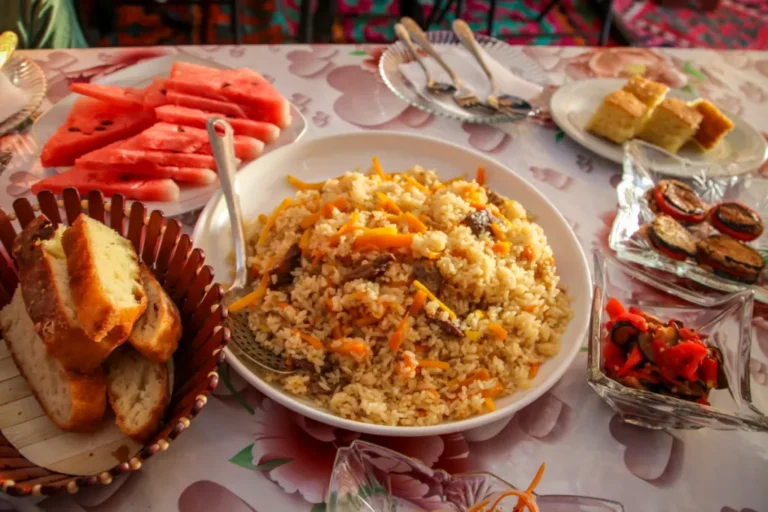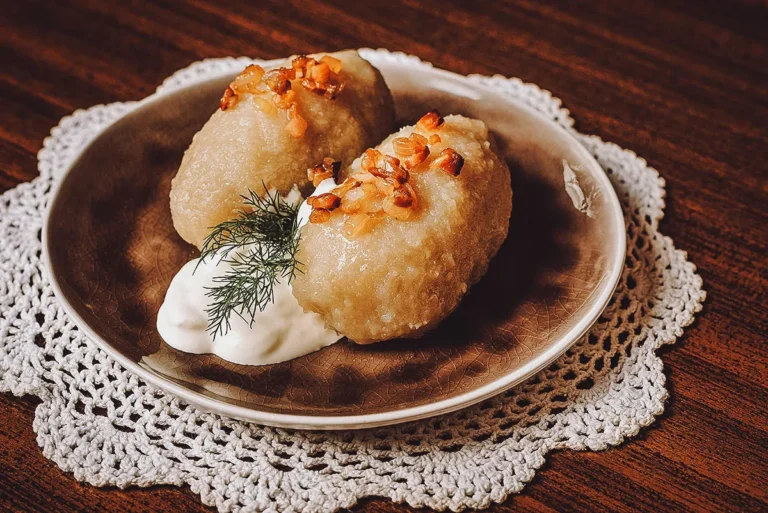Introduction: Indonesian cuisine and its cultural roots
Indonesian cuisine is a unique blend of various cultures and influences, reflecting the country’s diverse history and geography. The cuisine is known for its complex flavor profiles, the use of spices and herbs, and the variety of ingredients used. It is a fusion of Chinese, Indian, Arab, and European culinary traditions, with indigenous Indonesian ingredients and cooking techniques. The cuisine is deeply rooted in Indonesian culture, which is rich in folklore and traditions.
The significance of folklore and traditions in Indonesian culture
Folklore and traditions play a crucial role in Indonesian culture and are deeply ingrained in the country’s culinary practices. Indonesian folklore and traditions are based on animism and Hindu-Buddhist beliefs that existed before the arrival of Islam in the country. Many Indonesian dishes and cooking techniques are associated with these beliefs and are carried down from generation to generation. The use of certain ingredients and spices in Indonesian cuisine is considered auspicious and is believed to bring good luck and prosperity.
Common ingredients and cooking techniques influenced by folklore
Many Indonesian dishes use ingredients that have symbolic significance in Indonesian folklore and traditions. For example, coconut milk is believed to represent purity and is used in many sweet and savory dishes. Similarly, pandan leaves are thought to ward off evil spirits and are used to add flavor and aroma to various dishes. Cooking techniques such as grilling over charcoal are also associated with Indonesian folklore, as it is believed to imbue food with a smoky flavor that is pleasing to the gods.
The role of spices and herbs in Indonesian cuisine
Spices and herbs play a crucial role in Indonesian cuisine and are used to add depth and complexity to dishes. Many of the spices used in Indonesian cuisine are indigenous to the archipelago, such as cloves, nutmeg, and turmeric. These spices are used not only for their flavor but also for their medicinal properties. Herbs such as lemongrass, galangal, and kaffir lime leaves are used to add freshness and aroma to dishes, and are believed to have healing properties.
Traditional dishes and their connections to Indonesian folklore
Many traditional Indonesian dishes have connections to Indonesian folklore and traditions. For example, Rendang, a spicy meat dish from West Sumatra, is believed to have originated from Minangkabau folklore and is associated with the concept of “merantau,” or leaving home to seek fortune. Similarly, Nasi Tumpeng, a rice dish often served during special occasions, is believed to represent the harmony between humans and the natural world.
Regional variations and unique influences in Indonesian cuisine
Indonesia is a vast archipelago, and each region has its own unique culinary traditions and influences. For example, the cuisine of Central Java is influenced by Hindu-Buddhist traditions, while the cuisine of Aceh is influenced by Islamic traditions and flavors. The cuisine of Bali is known for its use of fresh seafood, while the cuisine of Padang is famous for its spicy dishes. The regional variations and unique influences in Indonesian cuisine make it a rich and diverse culinary tradition with something to offer everyone.






